The Ministry of Justice has just announced the draft Resolution of the National Assembly to pilot a number of specific and special mechanisms and policies to develop the urban railway system in Hanoi and Ho Chi Minh City by 2035.
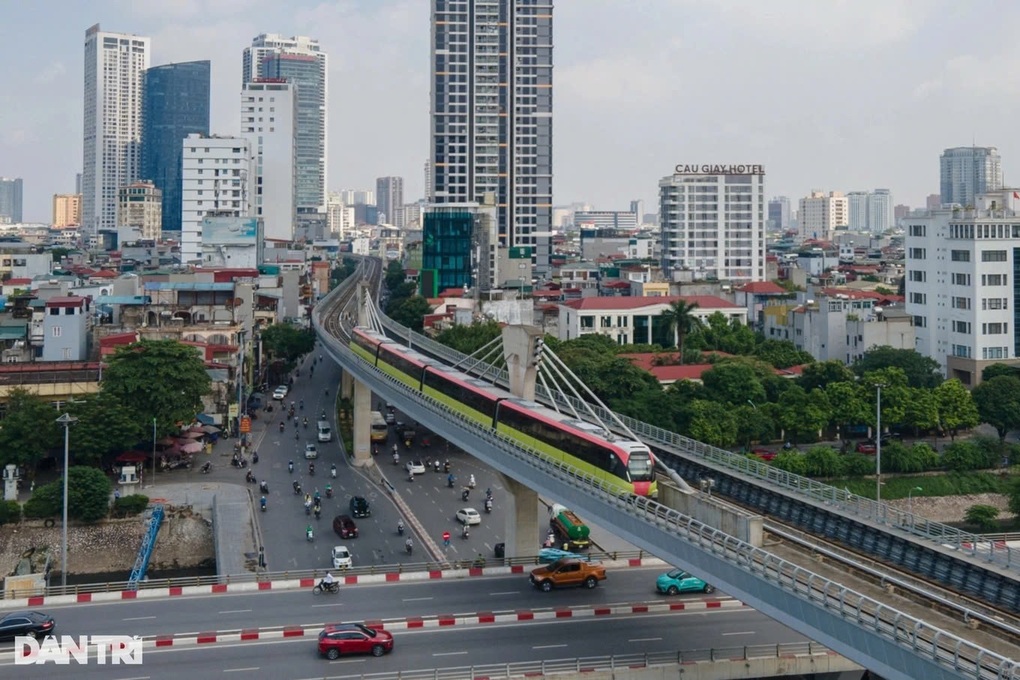 The Hanoi urban railway pilot line, Nhon - Hanoi station section, has put the elevated section into commercial operation (Photo: Thanh Dong).
The Hanoi urban railway pilot line, Nhon - Hanoi station section, has put the elevated section into commercial operation (Photo: Thanh Dong).
Special mechanism in capital mobilization
During the investment preparation and implementation process of urban railway projects and urban railway projects following the TOD model (urban development oriented towards public transport), the Ministry of Transport (drafting agency) proposed that the Prime Minister be allowed to decide on many issues.
Firstly , issue government bonds to supplement the annual investment plan and budget for urban railway projects and urban railway projects following the TOD model in case the annual state budget does not meet the schedule.
Second , decide to use the annual central budget revenue and expenditure savings (if any) and other legal capital sources for urban railway projects and urban railway projects following the TOD model in case the annual state budget estimate does not meet the progress. This does not have to be done in the order of priority prescribed by law.
Third , the Prime Minister is allowed to decide to mobilize official development assistance (ODA) capital and foreign preferential loans to implement urban railway projects and urban railway projects following the TOD model, without having to prepare project proposals using ODA capital and foreign preferential loans.
In addition, the Ministry of Transport proposed a balanced central budget and targeted additional capital allocation for local budgets in the medium-term public investment plans for 2026-2030 and 2031-2035 as a basis for deciding on railway project investment.
The City People's Council is responsible for balancing and arranging local budget capital in the medium-term and annual periods, increasing revenue sources, and saving expenditures that do not have to be implemented in order of priority according to the provisions of the law on the state budget and other legal capital sources for the urban railway project.
Regarding capital arrangement, according to the draft, the City People's Committee is assigned the task of preparing investment and deciding on capital arrangement from the city budget in the medium-term public investment plan and the annual public investment plan to carry out pre-implementation activities for the project.
The project will immediately carry out the project establishment, appraisal, and investment decision without carrying out procedures for this. The City People's Committee is organized to establish, appraise, decide on investment, and decide on adjustment of urban railway projects, urban railway projects according to the TOD model.
The order and procedures for establishing, appraising, deciding on investment and deciding on adjustment of urban railway projects and urban railway projects following the TOD model are implemented similarly to group A projects managed by localities.
The City People's Committee is authorized to decide on dividing the project into component projects and sub-projects when approving the project. The division of the project does not have to comply with the provisions of the law on construction.
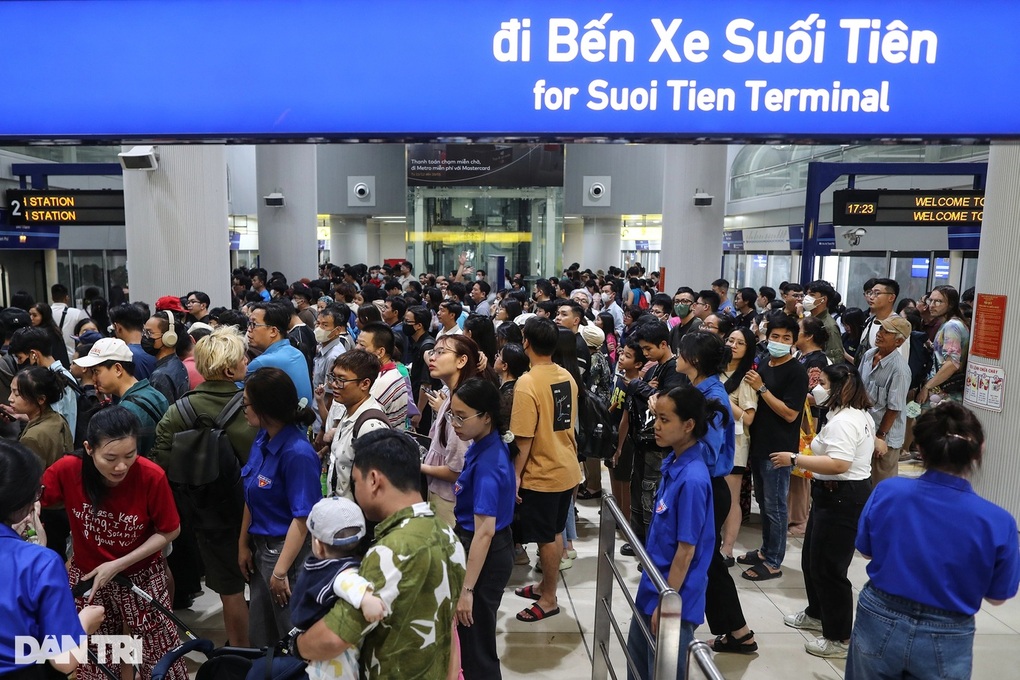 HCMC Metro Line No. 1 served more than 2.6 million passengers after 1 month of official operation (Photo: Hai Long).
HCMC Metro Line No. 1 served more than 2.6 million passengers after 1 month of official operation (Photo: Hai Long).
In case of extending the implementation period of an urban railway project without increasing the total investment, the City People's Committee is allowed to extend the implementation period without having to carry out project adjustment procedures.
Urban railway projects (stations, intersections, bridges, related construction items of urban railway projects, urban railway projects according to TOD model) do not have to compete for architectural plans.
The City People's Committee also applies the following forms of bidding: selecting consulting, non-consulting, and construction contractors; EPC general contractors, turnkey; investors in urban railway projects, and urban railway projects following the TOD model.
Vietnam Electricity Group organizes the implementation of the relocation of electrical works with voltage from 110kV and above.
Based on the zoning plan and detailed plan of the TOD area, the People's Committees of Hanoi and Ho Chi Minh City are allowed to decide on the transfer of planning indicators between projects and works in the TOD area.
The draft also proposes mechanisms for science and technology development, recruitment, training and use of human resources; a group of policies on construction materials and dumping sites, and prevention of corruption, waste and negativity.
Regulations apply specifically to Ho Chi Minh City
The draft prepared by the Ministry of Transport proposes many regulations specifically applicable to Ho Chi Minh City. In particular, the Ho Chi Minh City People's Committee is allowed to locally adjust the general urban planning, general planning of functional areas, and specialized planning of technical infrastructure of the city that have been approved by the Prime Minister.
In the TOD area, the Ho Chi Minh City People's Committee is allowed to decide to apply architectural planning criteria, technical infrastructure, social infrastructure, space and land use requirements different from those specified in national technical regulations on construction planning, ensuring compliance with the general planning.
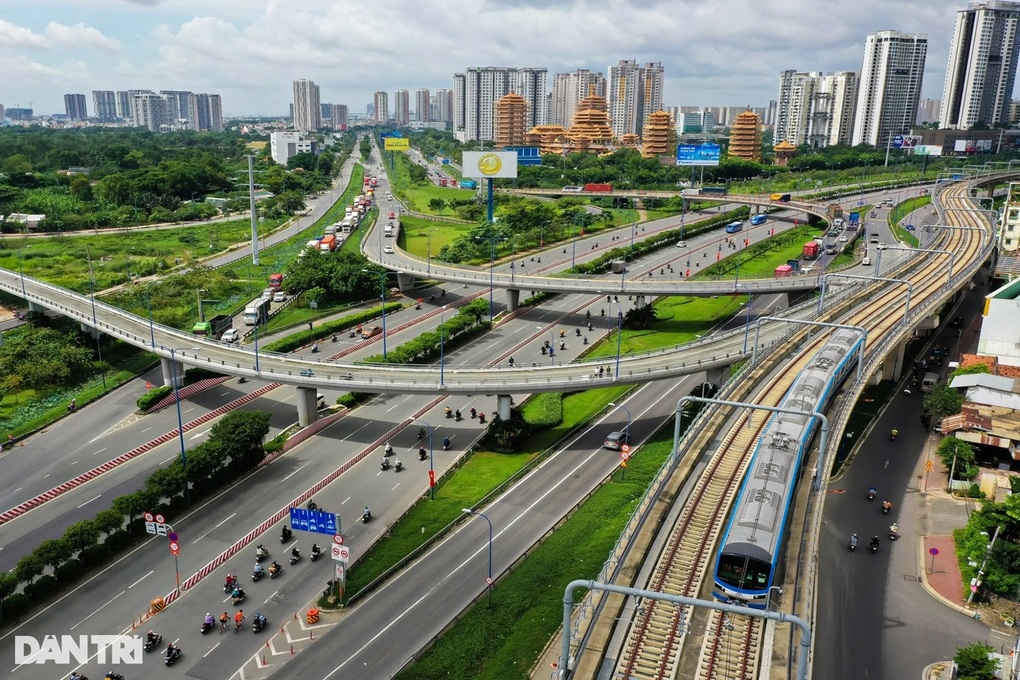 Metro Line No. 1, Ho Chi Minh City (Photo: Nam Anh).
Metro Line No. 1, Ho Chi Minh City (Photo: Nam Anh).
For areas with approved zoning plans or equivalent, but when preparing urban railway route plans or TOD area plans, the agency or organization assigned to prepare route plans or plans has new proposals that are different from the approved planning content, it must submit them to the City People's Committee for consideration and decision.
In the TOD area, Ho Chi Minh City is allowed to collect and use 100% of the revenue from a number of items to develop the urban railway system and public transport, including: Revenue from increased construction floor area of civil construction projects due to increased land use coefficient; revenue from exploiting added value from land in the TOD area; infrastructure improvement fees.
The People's Committee of Ho Chi Minh City has the authority to borrow through the issuance of local government bonds, borrowing from domestic financial institutions, other domestic organizations and from foreign loans of the Government to re-lend to the city and other legal forms of capital mobilization.
Finally, the Ministry of Transport proposed to allow Ho Chi Minh City to decide on the application of standards and regulations for the city's urban railway lines; to be allowed to organize bidding to select project investors according to its own urban design plan, urban planning plan for the vicinity of stations on the urban railway lines approved by competent authorities...
Why are special policies and mechanisms needed?
Urban railways in Hanoi and Ho Chi Minh City began implementing investment and construction procedures in 2007. However, up to now, Hanoi has only put into operation Line 2A, the 13km Cat Linh - Ha Dong section; Line 3, the Nhon - Hanoi Railway Station section (the Nhon - Cau Giay elevated section) with a length of 8.5km.
Meanwhile, Ho Chi Minh City has just operated and exploited line 1, the Ben Thanh - Suoi Tien section is about 19.7km long.
"The implementation of investment in urban railway lines in the two cities is still slow, not meeting the goals, development needs and reducing traffic congestion in the area in the past time. Therefore, it is necessary to study specific solutions, mechanisms and policies to mobilize resources, shorten procedures to create a clear legal corridor, speed up the investment progress of urban railway lines in the coming time," the Ministry of Transport argued about the above proposal.
Dantri.com.vn


![[Photo] Many young people patiently lined up under the hot sun to receive a special supplement from Nhan Dan Newspaper.](https://vphoto.vietnam.vn/thumb/1200x675/vietnam/resource/IMAGE/2025/5/18/6f19d322f9364f0ebb6fbfe9377842d3)
![[Photo] Ready for the top competitions of Vietnamese table tennis](https://vphoto.vietnam.vn/thumb/1200x675/vietnam/resource/IMAGE/2025/5/18/9c547c497c5a4ade8f98c8e7d44f5a41)



![[Photo] Party and State leaders attend the special art program "You are Ho Chi Minh"](https://vphoto.vietnam.vn/thumb/1200x675/vietnam/resource/IMAGE/2025/5/18/6895913f94fd4c51aa4564ab14c3f250)









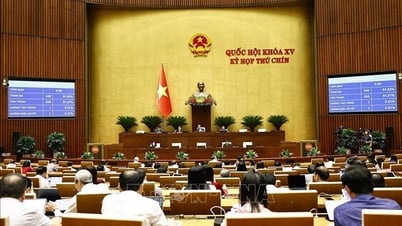
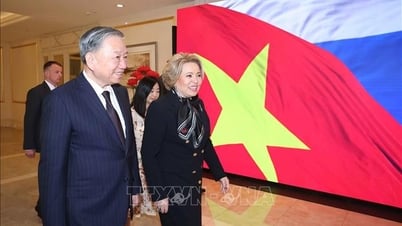
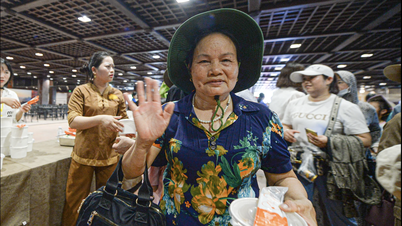

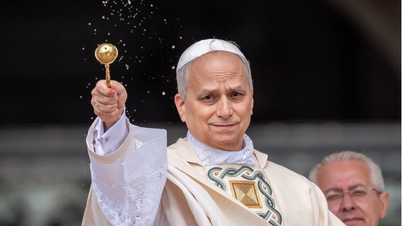











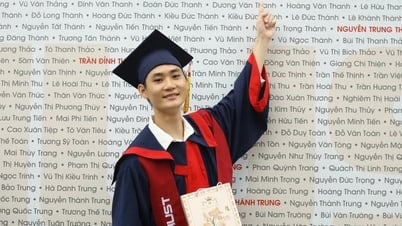

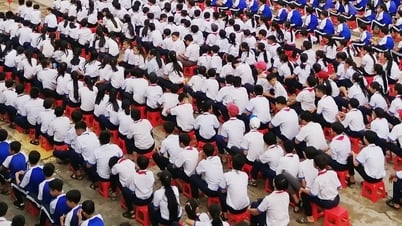
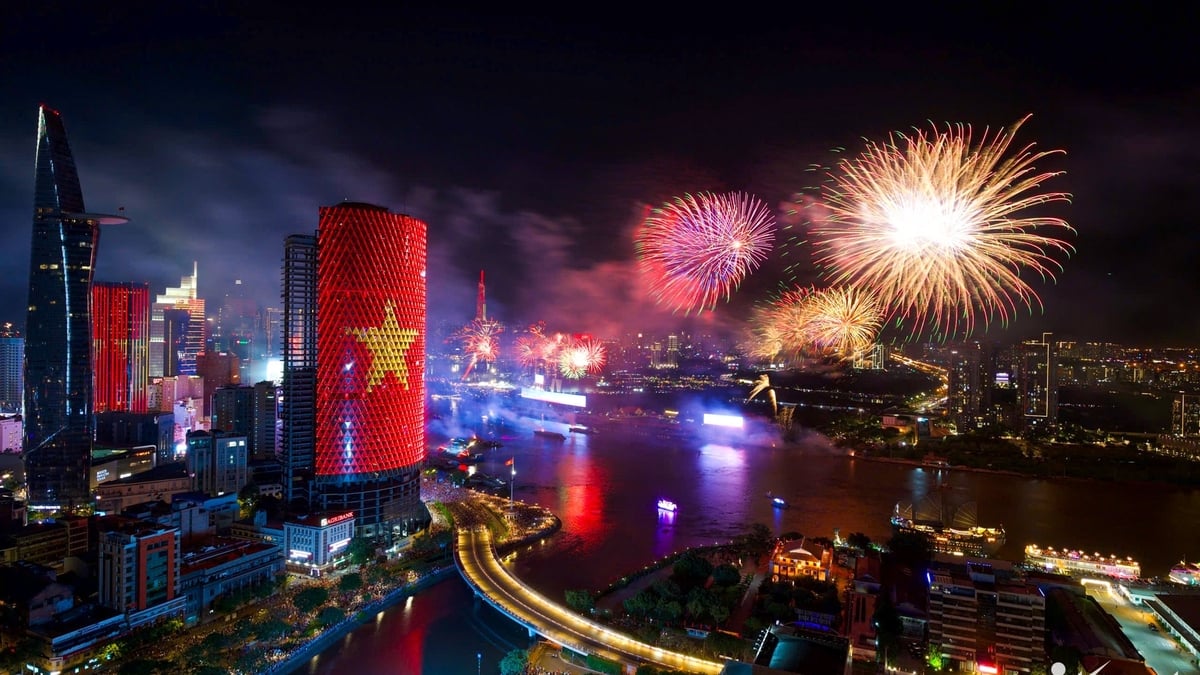





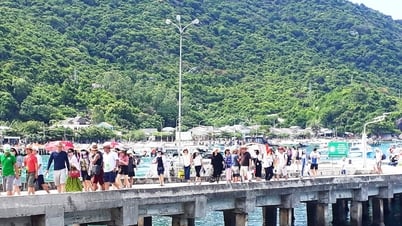






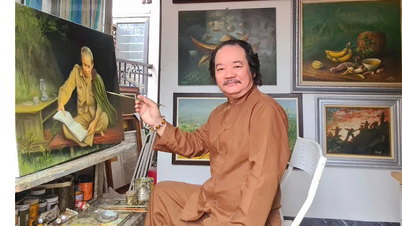


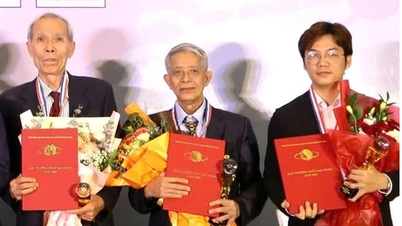





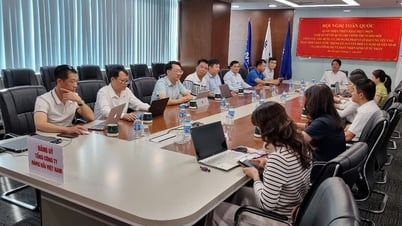



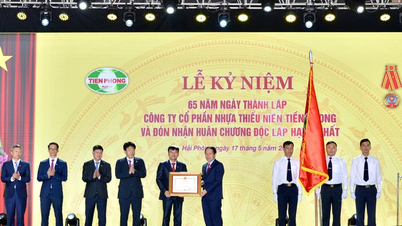


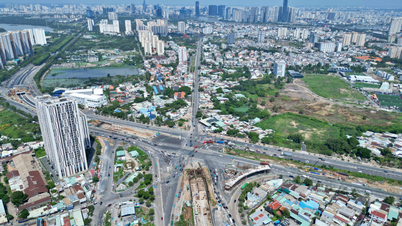
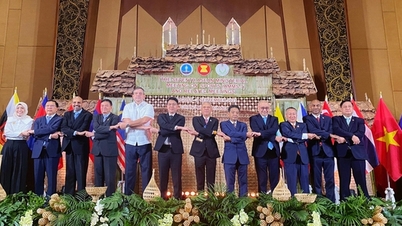

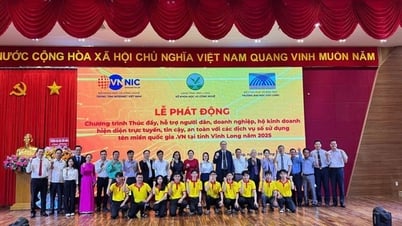

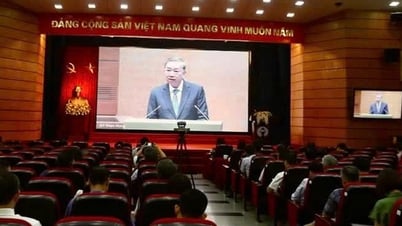
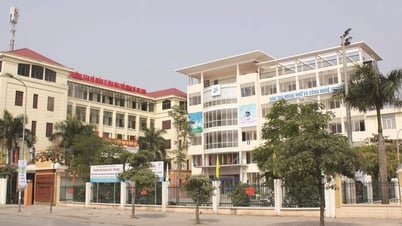

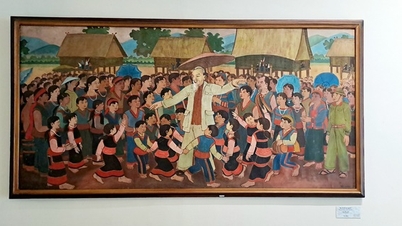
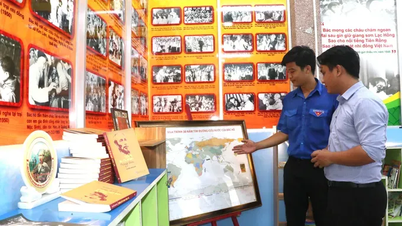
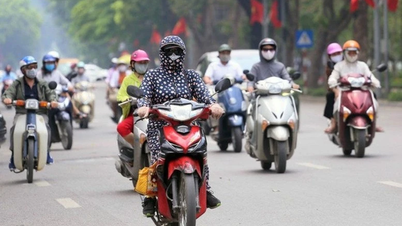

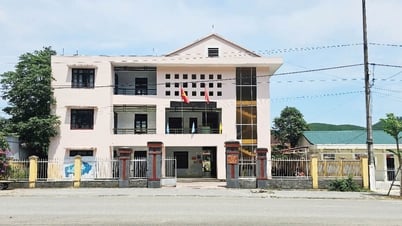

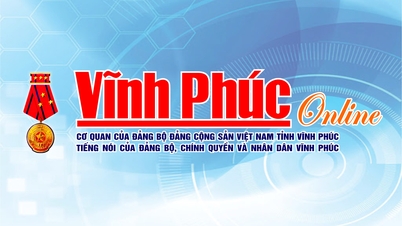

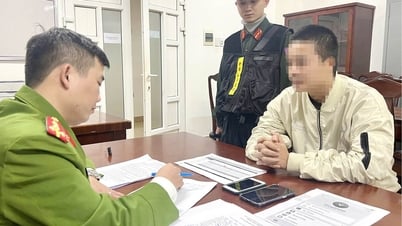
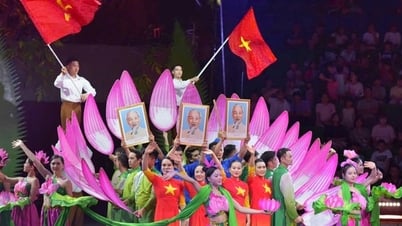










Comment (0)